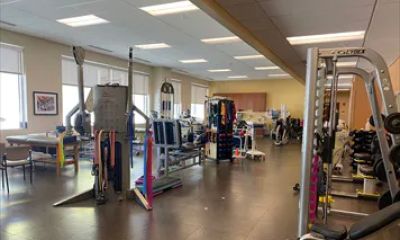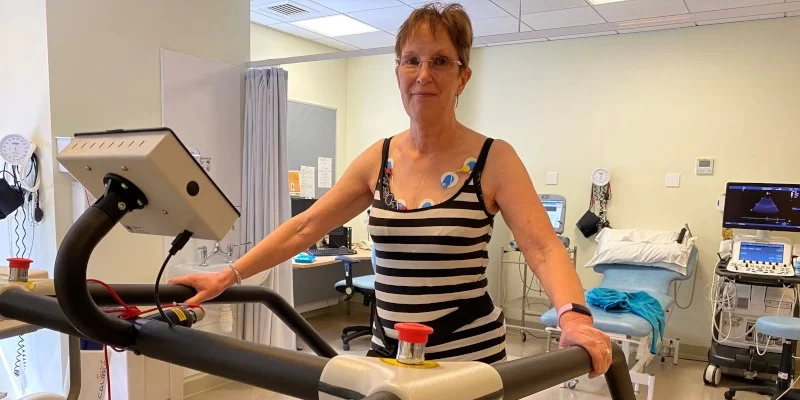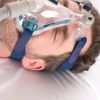- Understanding-Exercise-with-a-Pacemaker
- Safe-Activities-and-What-to-Avoid
- Real-Stories-of-Staying-Active
- Professional-Guidelines-and-Practical-Tips
- Where-to-Find-Support-and-Resources
1. Understanding Exercise with a Pacemaker
Exercising safely with a pacemaker is not only possible but often encouraged by doctors to improve overall heart health. A pacemaker regulates heart rhythm, and while it provides stability, patients sometimes wonder if physical activity could interfere with its function. The truth is that exercise can enhance recovery, boost circulation, and strengthen the cardiovascular system when done correctly and under medical guidance.
The key lies in understanding personal limits. Each pacemaker is programmed to suit the patient’s condition, meaning the type and intensity of exercise may vary from person to person. Knowing this helps remove unnecessary fear and allows individuals to embrace fitness safely.

2. Safe Activities and What to Avoid
For most people with pacemakers, low to moderate-intensity activities such as walking, swimming, or stationary cycling are considered safe. These exercises gently elevate the heart rate without placing undue stress on the device. Strength training with light weights is also beneficial, provided overhead lifting and heavy chest strain are avoided, especially soon after implantation.
Contact sports like football or boxing may not be advisable, as a direct blow to the chest could damage the pacemaker or lead. Activities involving strong magnetic or electrical fields should also be avoided. Patients should always consult their healthcare providers before starting new routines to ensure compatibility with their individual pacemaker settings.
3. Real Stories of Staying Active
Personal experiences highlight just how manageable life can be with a pacemaker. One runner in Florida shared her journey online, describing how she returned to daily jogs after a three-month adjustment period. By carefully monitoring her pace and listening to her body, she regained both confidence and stamina. Another man, an avid swimmer in California, noted that swimming became his lifeline, helping him maintain heart health without overexertion.
These stories remind us that exercising safely with a pacemaker is not just about restrictions but about finding joy and empowerment in movement again.
4. Professional Guidelines and Practical Tips
Medical professionals emphasize gradual progress. Start with light activity, keep hydrated, and watch for signs like dizziness, chest pain, or unusual fatigue. Wearing a medical alert bracelet is recommended, especially for outdoor activities, so others are aware of the pacemaker in case of emergencies.
Cardiac rehabilitation programs are another valuable resource, offering supervised environments where patients can rebuild strength with professional oversight. These programs also educate patients on lifestyle adjustments that complement their exercise routines and overall heart health.
5. Where to Find Support and Resources
Living with a pacemaker doesn’t mean giving up an active lifestyle. Supportive communities, online resources, and specialized equipment all help patients stay engaged and motivated. At HeartCare Hub, individuals can explore reliable guidance, tools, and professional services tailored to heart health and pacemaker care. Accessing the right resources empowers patients to exercise safely while building confidence and resilience.
Ultimately, exercising safely with a pacemaker is about balance—recognizing the device’s protective role while embracing fitness as a path to stronger health and a fuller life.






















NovaCare Rehabilitation in partnership with OhioHealth - Pickerington - Refugee Road
novacare rehabilitation in partnership with ohiohealth - hilliard - west
1010 Refugee Rd Suite 210, Pickerington, OH 43147, USA